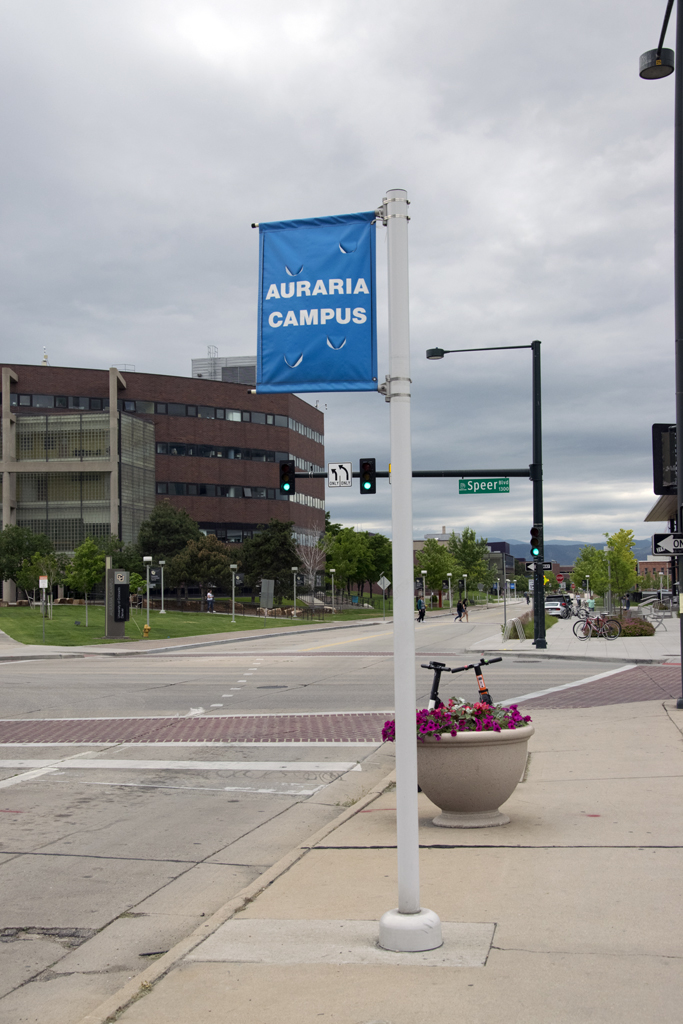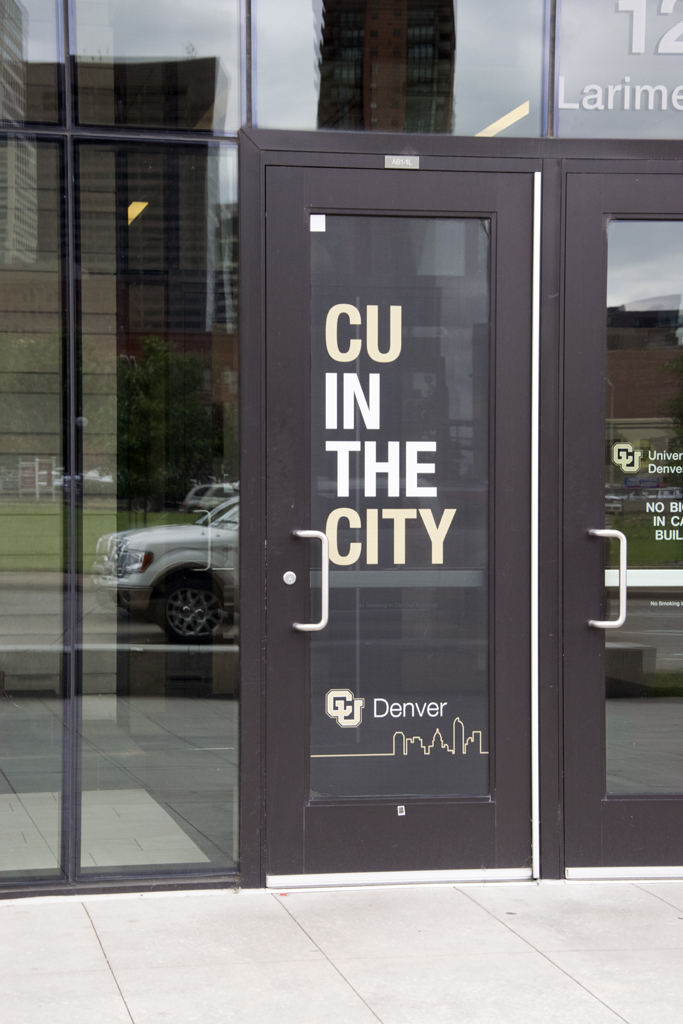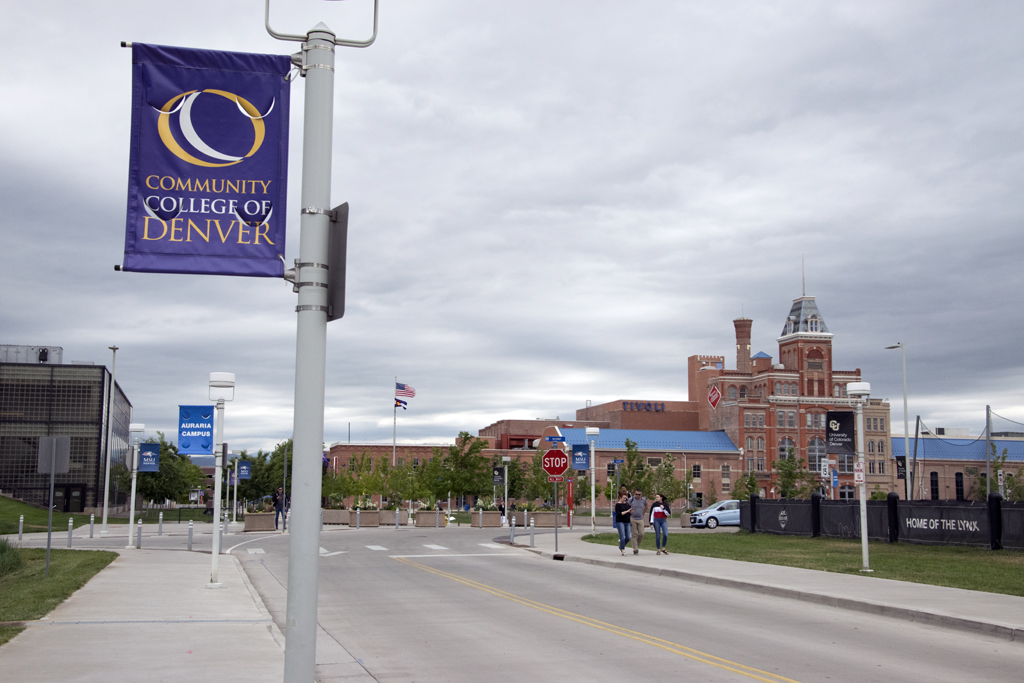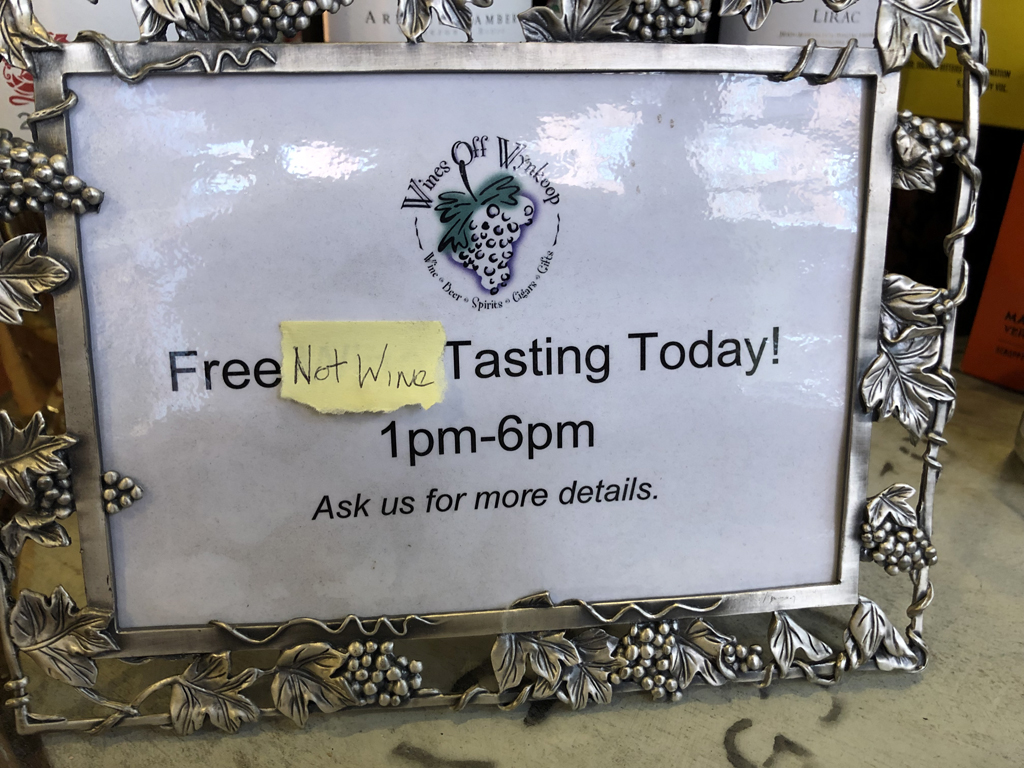In last week’s post, I recounted a bit of early Denver history. The history is directly related to this post, too, so I’ll recap:
- Downtown Denver is located at the confluence of Cherry Creek and the South Platte River.
- A group led by Green Russel settled the area west of Cherry Creek in 1858. They called their settlement “Auraria”.
- A group led by General Larimer settled an area just on the other side of Cherry Creek about the same time. They called their settlement “Denver City”.
- There was a stiff competition on which group/settlement would get to be the county seat.
- At the time, Colorado was not a state but part of the Kansas Territory. The governor of the Kansas Territory at the time’s last name was Denver. This governor had some power to decide which settlement would win. Do you sense a schmooze?
- In April 1860, a compromise was reached and the two settlements merged into one town. The name Denver won out, and thus the Auraria settlement became the oldest neighborhood in Denver.
Additional facts:
- Auraria developed into a commercial/industrial area with mills, breweries, warehouses and such. Alongside all this were working-class residential homes. The residents were initially mostly descended from Central and Eastern European populations.
- By the early 1920s, Auraria had become a distinctly Hispanic neighborhood. It continued to be home to a high concentration of Hispanics through 1965 when the South Platte River overflowed and caused a devastating flood. It pretty much wiped out Auraria, and I’ve read that it never fully recovered.
- Auraria then fell victim to the urban renewal movement. Remember from last week’s post that Larimer Square was on the chopping block for that, too, before Dana Crawford stepped in to save it. Auraria was not so lucky.
- The Powers That Be decided that they would relocate any remaining residents out of Auraria. The plan was to remake the neighborhood into a campus for the Metropolitan State College (now Metropolitan State University of Denver).
- In 1976, the campus was completed, and two more institutes of higher education were added: University of Colorado Denver and the Denver Area Community College. That’s the status today. The area is a large, modern campus shared among three undergraduate schools. They share the library, student union, and, I believe, science facilities and such.
Before they razed the old neighborhood, though, a group of local residents managed to get a couple of block of Ninth Street added to the National Historic Register. The houses there have been preserved and are used for university offices and so forth. Look for a post about Ninth Street Park in the near future!
So, here’s the campus today:


There’s a good picture of the 1976 library on campus at this link. I didn’t take a picture of it that day, I think, because it felt so jarring and out of place to me. I won’t say it’s exactly ugly, but I don’t like that era of architecture.
Another shot of campus:

The big, beautiful brick building in the photo above is the old Tivoli Brewing Company. You’ll see a blog post about that soon, too!
On one side of the quad, you can see the Pepsi Center, where the Denver Nuggets basketball team, Colorado Avalanche hockey team and Colorado Mammoth lacrosse team play:

There are a total of about 42,000 students among the three schools, and about 5,000 faculty and staff. It certainly was busy for a June afternoon the day I was there. I always like the feeling of a college campus, even after all these years. Something so hopeful about it!
Stay tuned for even more posts about buildings on this campus, including a couple of historical churches.
Photo for No Apparent Reason:
